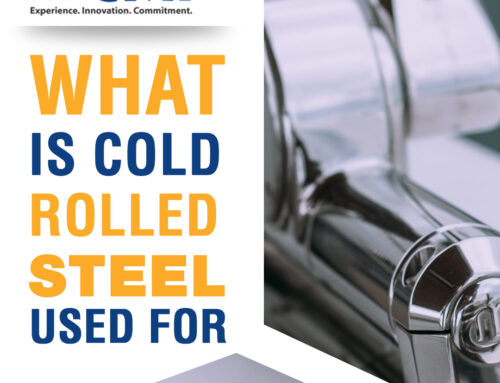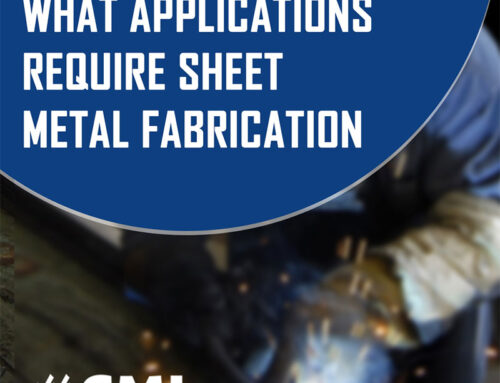PCB stands for Printed Circuit Board which is a board made from layers of electric conductors, metal interconnects, insulators, and other components such as diodes and resistors connected according to a design using copper tracks etched into the surface of the board.
Essentially, a PCB is a board with electronic circuits on it that connects electronic devices. PCBs can be found in all sorts of equipment including televisions, cell phones, computers, and cars. They are made from materials like copper and fiberglass with components that are then soldered onto the board.
PCBs are made up of different types of electrical wiring and components such as resistors, capacitors, transistors, and diodes which connect all the parts together to make sure they function properly.
The benefits of PCBs include ease of use and safety from electrical hazards in the workplace. They also provide mechanical support but this is not what we are focusing on today so we’ll move on to why do we need them?
PCB boards are mostly used in electronics, but they can also be found in other areas of our lives. These boards have a variety of uses, including computer components and electronic devices.
PCB boards are used for many different purposes in our everyday life because they are the foundation of all electronic devices. PCBs are used for the manufacturing process and that’s why it is not uncommon to find PCBs sold as raw materials.

A Brief History of the Printed Circuit Board (PCB)
PCBs are one of the most important inventions in the semiconductor industry.
They have gradually replaced a whole range of discrete semiconductor components and have created faster, more reliable, and more cost-effective integrated circuits (ICs).
PCBs made mass production possible for ICs, which led to a revolution in modern computing that is still ongoing.
A circuit board is a printed circuit on which electronic components are mounted.
Today, circuit boards are used in a variety of industries like automotive, aerospace, and medicine. They are also important in today’s technology era for handheld devices that need to be portable and lightweight.
Throughout the evolution of electronics, circuit board design has remained one of the most important tools. It’s a printed circuit on which electronic components are mounted.
The importance of a circuit board design cannot be stressed enough. Without circuit boards, many electronic devices would not have been possible.
Examples of uses for PCB boards
PCBs or printed circuit boards are electronic circuit boards containing electronic components connected to conductors on their surface, used in electronic devices. PCB can be used to create prototypes, do product development, and even make finished products.
The future of PCB production is uncertain and will depend on the success of 3D printing technology. Smaller companies have found it much more cost-effective to use traditional PCB manufacturing methods while large companies are still using the traditional methods for design review and testing purposes.
Some manufacturers are now using 3D printers to create their own customized printed circuit boards. This method can help reduce the cost by almost 50% in some cases. With this new development, it does not seem that 3D printing will replace the traditional PCB manufacturing process anytime soon but instead allow for new custom boards to be easily created.
PCB boards are commonly found in electrical and electronic devices. The circuit board is made up of conductive copper traces, insulating layers, metal layers, and a solder mask which is the outermost layer. PCB boards are typically used for prototyping and production purposes as well as in educational programs.
A PCB is a base for a circuit board. It is made up of four basic layers: copper, substrate, solder mask, and components. The copper layer has small bumps on it that make it easier to place the components on the board. A lead-free solder coating then covers the top of the board and acts as an electrical conductor between the two metal plates where soldered joints are placed.
What is a Typical Application of Your PCB Board?
The PCB board is primarily used in the electrical engineering field to create electronic circuits. They are typically made of copper and can be customized with different components for a wide range of purposes.
They have become a standard design in electronics and are used on a wide variety of devices such as computers, mobile phones, and laptops.
The PCB board is typically broken up into layers that are stacked on top of each other. This allows the components to be soldered onto it one layer at a time or at the same time depending on what type of process is being done.
Some of the most prevalent applications include PCBs being used in a circuit board, PCB layouts, PCB manufacturing, and PCB design.
PCBs are used in a wide range of electronic products. They’re currently used as a key component in electronics, such as computers, TVs, and more. These boards are typically made out of rigid materials like polyimide or FR-4. PCB layout is the process of designing the PCB board and storing it in a way that it can be manufactured efficiently. PCB design refers to the designing of PCB boards.

Why is CAD best for PCB design?
CAD software is the best for PCB design due to its 3D capabilities. It can make complex PCB schematics easier to create and the ability to use different materials.
PCBs are tools that are used to create simple circuits. In addition to being a tool for designing electronics, PCBs have been used by engineers and artists to create sculptures and visual art pieces. The process of making a PCB can be complicated and time-consuming with many steps involved. An easy alternative is 3D printing which can take days or weeks to complete but is much faster.
PCB design is a complicated process with many steps. It includes drawing sketches, designing layouts, printing schematics, and running simulations on boards. CAD software can make these processes simpler by making it easier for designers to be able to visualize their designs on 3D boards.
With CAD, designers can also use different materials such as copper or aluminum in their designs as well as layout their circuit board in a more efficient way with greater ease.
The advances in technology are changing how things are designed and made. CAD allows designers to use different materials, layout their circuit board in a more efficient way, and save time with ease. More designers are now using the technology that will allow them to create more creative designs while reducing costs.
How do you identify PCB components?
As a PCB designer, you have to learn how to identify components. Since there are so many components used in the modern-day PCB design, it can be difficult for even the experts to identify them on their own. Even though there are some guidelines for identifying different types of components, they can still vary from company to company or even from one technician to another.
To help you identify PCB parts, here is a list of various ways that you can use:
- Look at the package for clues. It will have details about what type of component it is and what its function is. For example, a resistor will always be black and yellow in color while an integrated circuit will be blue-green with gold stripes on it.
- Look at the part’s shape: Integrated circuits have either long rectangular shapes
- Look at any markings the component might have.
What is a PCB made from
A PCB board is made up of four basic layers. These layers are Substrate (FR4), Copper, Soldermask, and Silkscreen.
Substrate (FR4) -The layer of substrate (FR4) in PCB boards is the material that holds electronic circuitry chips. This substrate is then soldered to other layers and the board is manufactured.
Copper – Copper, a common and valuable metal in the world, is added to PCBs (printed circuit boards) for many reasons. The most notable use of copper on PCBs is for the purpose of grounding.
Soldermask – is the protective layer of a PCB. It is primarily used to cover the copper and polysilicon layers on a PCB, which prevents oxidation from occurring.
Silkscreen layer – is a layer of ink that is applied to the board before the components are attached. The ink and its process can vary depending on the design, but it generally has a PCB manufacturer’s logo, type information for components, manufacturing information, and other company or product-specific info.
FR4 is a fiberglass material that is used for the base of the PCB. This material is water-resistant, meaning that it will not absorb water from the air. It is very heat stable, meaning that it will not expand and contract much with the various temperatures. It also contains good thermal properties. When it comes to having your PCB, you want a very stable material to print it on, FR4 offers that. There are other materials that are used from time to time as well.







You must be logged in to post a comment.